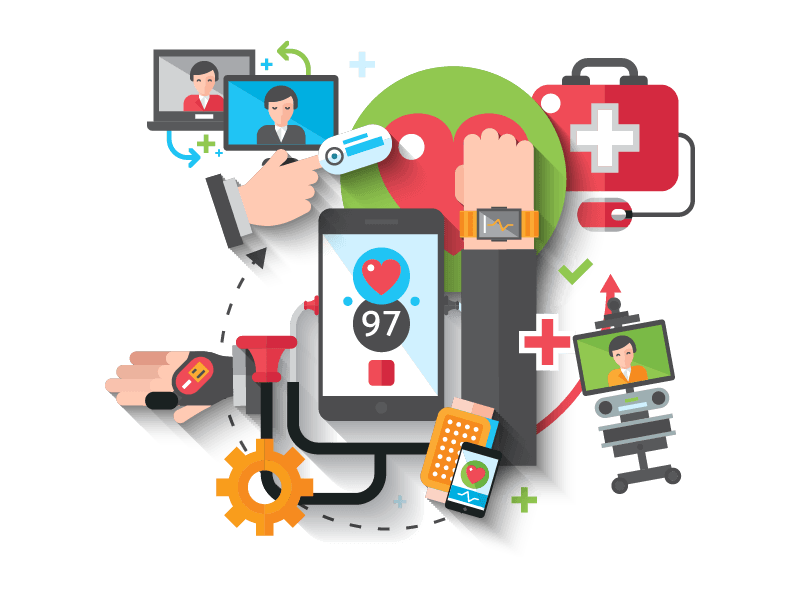Vertiv: Gearing for the Future of Healthcare
Wearables, apps and the “internet of medical things” are redefining the concept of patient care, as providers strive to deliver more personalized services with just a few taps. As patients become more empowered to make better choices when it comes to their health, the challenge is for the hospital IT infrastructure to support these new technologies. You protect lives, so your critical facilities only require the best in products and services.
What is happening?

Patient Empowerment
| • |
Ease and convenience brought by new technologies have led to a more empowered patient, increasing the demand for quality healthcare services and higher satisfaction overall. |

Internet of Medical Things
| • |
Wearables, mobile apps and other tools are increasingly becoming a part of the bigger picture of patient care. |

Data Security and Sovereignty
| • |
As more personal information is stored online, data security becomes imperative. |
Infrastructure Challenges
- Technology is now a vital part of healthcare
- With a growing reliance on IT, the need for a stronger, more agile data center is critical
- IT managers must invest in new methods and technologies to support the critical infrastructure

- With mobile apps and other tools available for patients to use, the hospital’s IT manager is faced with the challenge of managing data that’s coming in from multiple platforms and locations
- Wearables and apps require low latency so patients can access information anywhere at any time
- For critical infrastructure, this requires a fresh approach through converged, standardized design for speed and efficiency

- IT managers are responsible for visibility of what’s going on throughout the critical facility, to ensure security and continuity of a hospital’s IT system
- A proactive approach is essential instead of a reactive one, so any problems are detected before they happen
- A predictive monitoring solution enables the planning of specific points of defense in any future eventuality

- Medical equipment such as machines and lab equipment require constant availability to deliver accurate health services and to ensure the patient is given adequate care
- Power outages can put patients at risk, hence backup power is critical at all levels of the hospital and/or clinic
- Power systems need to be agile and efficient; they also require regular testing to comply with regulations and to ensure availability at all times

Vertiv in the Healthcare Sector
| Uninterruptible Power Supplies (UPS) | IT Management |
| Thermal Management | Software |
| Integrated Solutions | Monitoring |
RELATED MATERIALS

Business Continuity in Healthcare
Sizing and Configuring Power systems for Reliability and Cost-Effectiveness

Achieving a Higher Level of Data Center Efficiency
Improving data center performance doesn’t necessarily entail a costly upgrade. With optimization, you can have a highly efficient data center at lower costs.

Cloud, IoT, Edge and Data Center
Best practices in protecting the technology systems revolutionizing healthcare

Telehealth and the Edge: Infrastructure Considerations for Remote Patient Care
Telehealth, previously a simmering patient engagement option, has erupted causing healthcare IT managers and CIOs to consider new IT strategies and investments.


